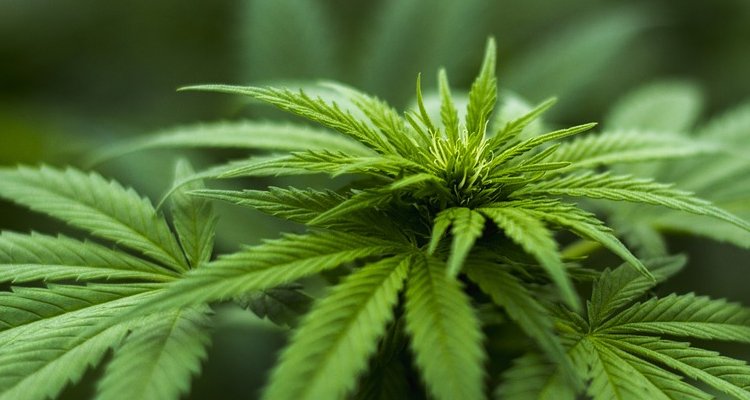
Back when e-cigarettes first gained public prominence, they were largely simple devices that mimicked traditional cigarettes, but without much success. As the years passed, e-cigarettes evolved into advanced personal vaporizers which had significantly more features than their original counterparts. From an obscure niche into a fully-fledged, multibillion dollar market, vaporizers today represent a prominent part of the social and cultural landscape.
The CrushTheStreet Staff Is Consistently Researching The Most Important Investment Research. Our Goal Is To Magnify Your Financial Education At These Critical Times. Gain Immediate Access To Our Wide-Range of Top-Conviction Reports HERE!
More critically, the technological evolution of the e-cigarette platform caught the attention of other enthusiast communities, most notably the marijuana industry. For decades, marijuana legalization has been a hot-button topic, but it gained substantial momentum last year. While the 2016 election will forever go down as the day a reality TV star became President of the United States, it also ushered in a new era for the burgeoning marijuana industry.
A record number of states voted affirmatively for marijuana legalization. The impact of the bills varied in magnitude; some states allowed full, recreational use, while others mandated that cannabis materials can only be prescribed for medicinal purposes. Nevertheless, the message was clear – the marijuana industry and its positive impacts can no longer be ignored.
While laypeople often criticize marijuana legalization as an excuse for stoners to get high, the implications go much deeper than that. Yes, many people will use this legal momentum to justify their hobby. However, the marijuana industry opens up an entirely new consumer economy. With so many states in the union running budget deficits, legalizing cannabis can eliminate the gap, often within a few years.
Furthermore, critics don’t appreciate how technology is directly changing the face of the marijuana industry. Innovations, such as “dry herb vaporizers” or “wax pen vaporizers,” borrow heavily from e-cigarette advancements and deliver a profoundly cleaner platform for cannabis enthusiasts.

Rather than burning (combusting) botanical materials, dry herb vaporizers heat cannabis leaves up to the point of combustion, but not above it. Thus, enthusiasts can enjoy the rich tones of their cannabis without the toxic byproducts native to combustion, such as carbon monoxide and tar.
Continuing to impose the draconian “Schedule 1” classification of marijuana not only hurts the profoundly positive derivations of cannabis, it impacts ancillary industries. Without marijuana legalization, for example, vape shops would have to shut down their dry herb or wax pen vaporizer business. However, such protocols would be incredibly shortsighted.
First, the vaporizer platform allows medical cannabis users to finally have a platform that’s cleaner and healthier than traditional delivery channels. Rolling a joint may be enjoyable to many, but such practices involve combustion of materials, which inevitably leads to toxic fumes and byproducts. Dry herb vaporizers, in contrast, deliver all the beneficial elements of cannabis without the nasty residuals.
Second, since 2008, e-cigarette sales have grown annually. According to Statista.com, e-cigarette sales are forecasted to hit $10 billion, a major milestone in vaporizer history. It would be catastrophic for any political administration, let alone the business-friendly Trump administration, to smash this explosive marijuana industry.
At this point, it doesn’t matter what your personal thoughts about cannabis are. This is a sector that not only is growing, but will become a mainstay in our society. The enormous medical and economic implications are too vast to disregard indefinitely.
